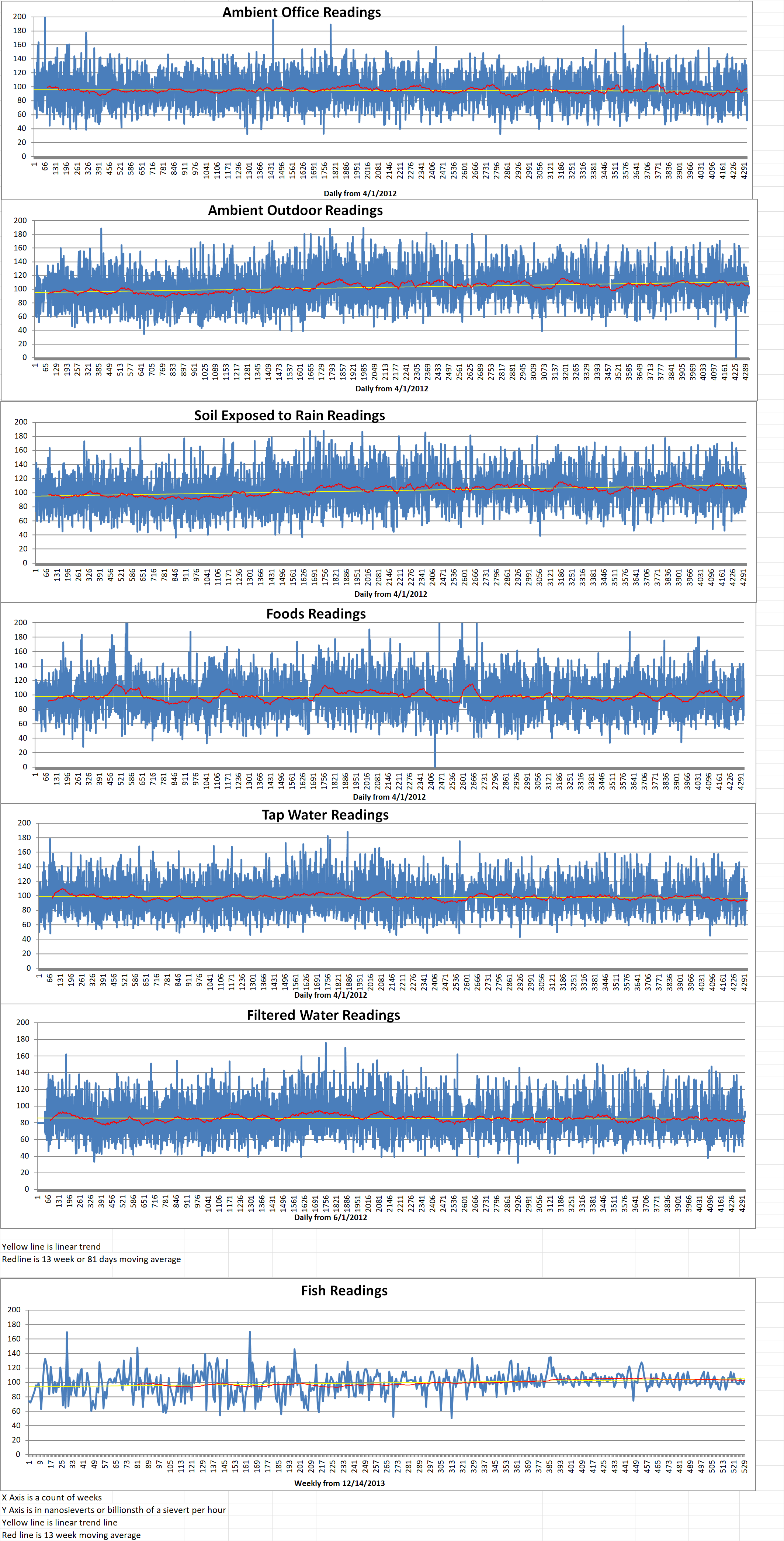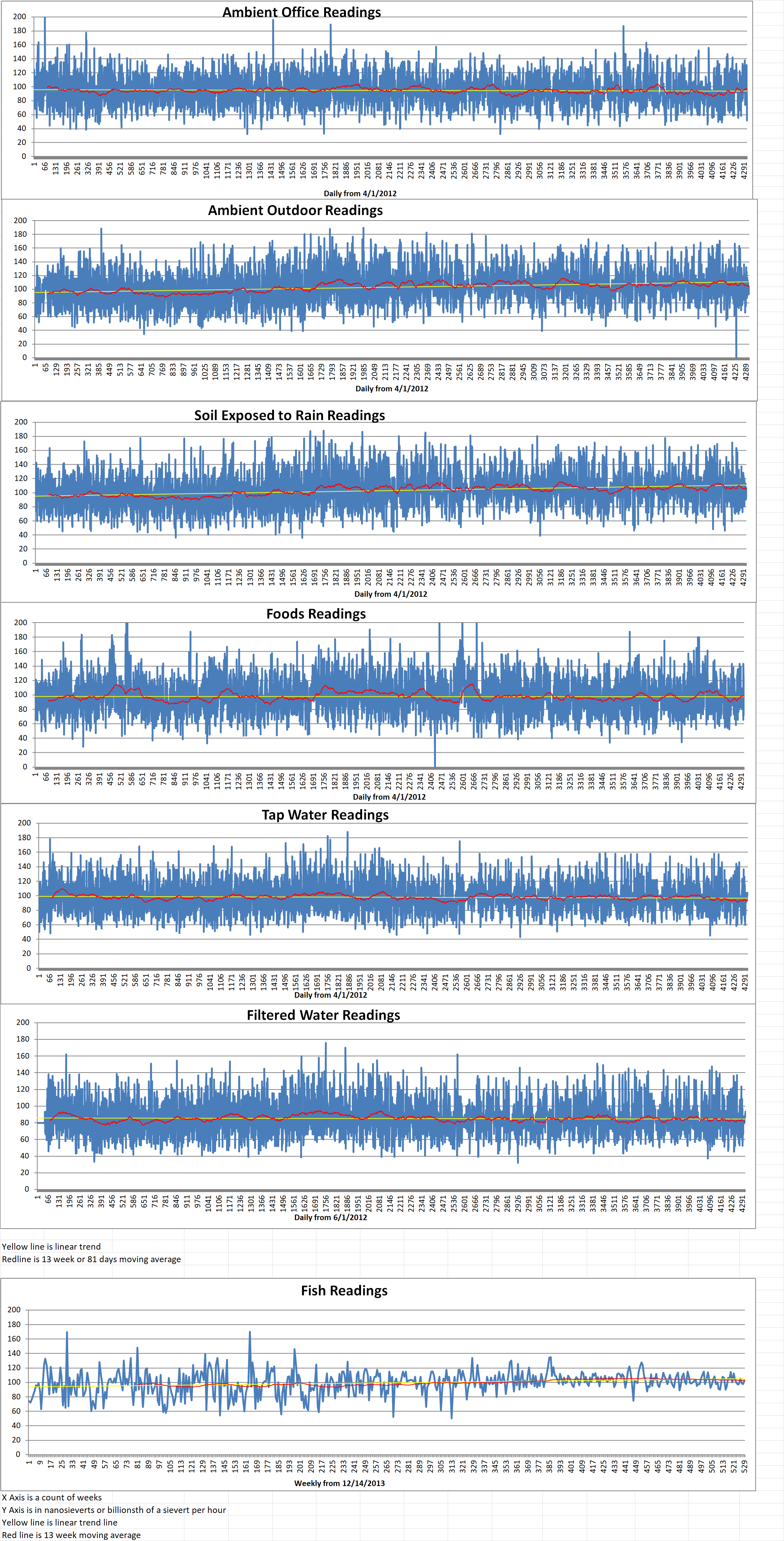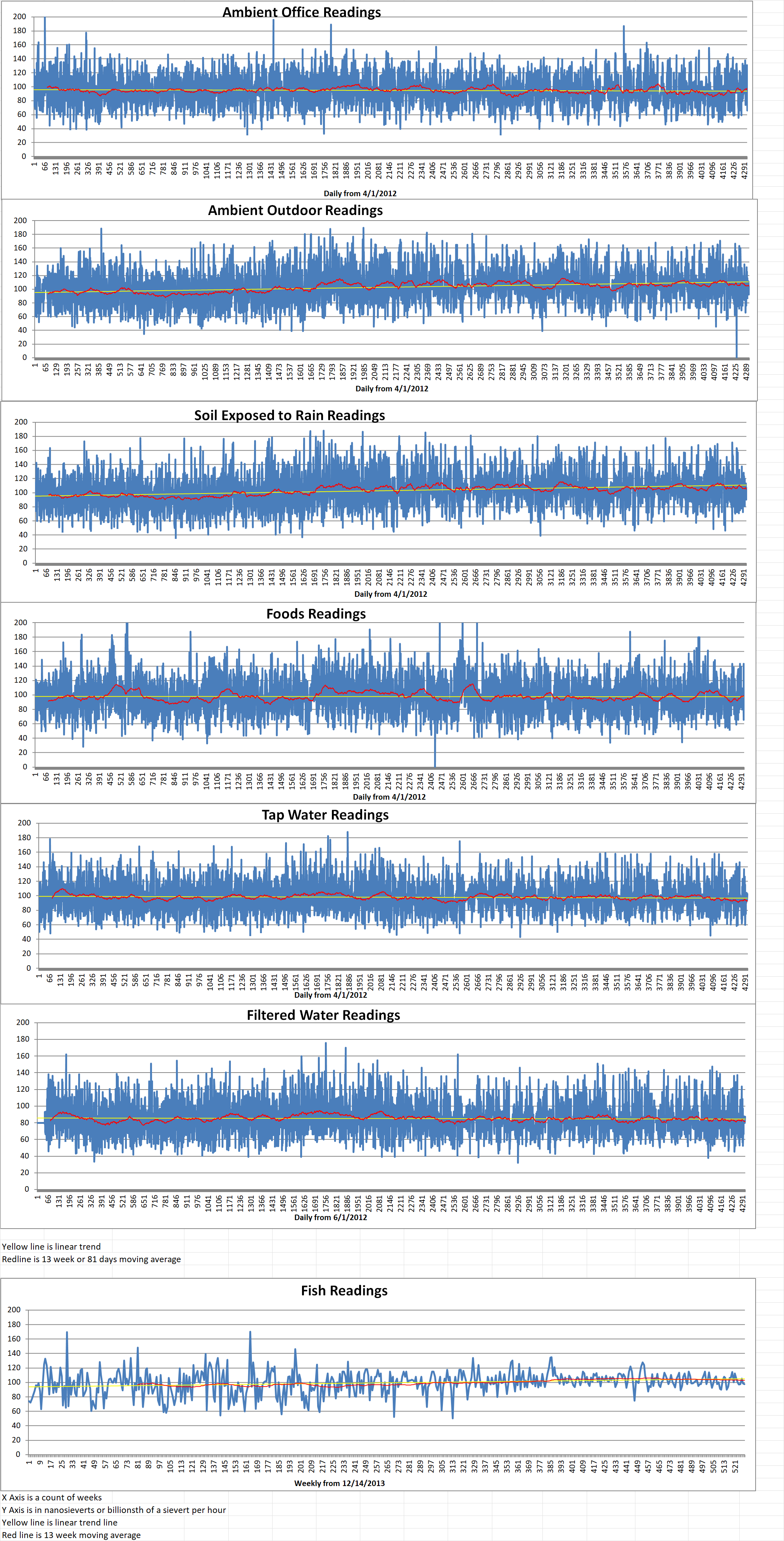Researchers at the Rensselaer Polytechnic Institute (RPI) are designing a probe to detect special nuclear material remotely.
Moussa N’Gom is an RPI physicist. He is leading research which is aimed at developing a quantum sensing probe which can detect special nuclear materials without contact.
This research is being conducted as part of RPI’s participation in the Consortium for Enabling Technologies and Innovation (CETI). CETI is a consortium announced recently by the United States’ Department of Energy’s National Nuclear Security Administration (NNSA).
The U.S. DOE/NNSA Office of Defense Nuclear Nonproliferation had announced a grant of fifty million dollars for two consortia to connect basic university research with applied laboratory research to advance technical capabilities in support of nuclear security and nonproliferation missions. It is intended to enable an effective pipeline of talented next-generation experts to establish careers at DOE national laboratories.
The NNSA has awarded fifty million dollars in cooperative agreements to two university consortia to support the basic science that underlies its nuclear security and nonproliferation missions.
The two consortia being funded are led by the University of Tennessee, Knoxville, and the Georgia Institute of Technology, respectively. Both consortia will receive up to five million dollars per year for the next five years to continue their research projects under the program.
The CETI is led by Georgia Tech and includes Abilene Christian University; Colorado School of Mines; the Massachusetts Institute of Technology; the Ohio State University; Rensselaer Polytechnic Institute; Stony Brook University; Texas A&M University; University of Alaska Fairbanks; the University of Texas at Austin; University of Wisconsin–Madison; and Virginia Commonwealth University.
According to the press release, these twelve universities will partner with twelve national laboratories: Argonne National Laboratory; Brookhaven National Laboratory; Idaho National Laboratory; Lawrence Berkeley National Laboratory; Lawrence Livermore National Laboratory; Los Alamos National Laboratory; Nevada National Security Site; Oak Ridge National Laboratory; Pacific Northwest National Laboratory; Princeton Plasma Physics Laboratory; Sandia National Laboratories; and Savannah River National Laboratory.
Jeff Chamberlin is the head of NNSA’s nonproliferation efforts. He said “These consortia are critical to the future of NNSA’s nuclear security and nonproliferation research and development work. Once they develop a concept, the national laboratories can iterate and test its capabilities until it’s ready for the private sector to adopt. I am confident these teams led by the University of Tennessee and Georgia Tech are up to the challenge and will make outstanding contributions to our field.”
N’Gom, the research lead, is associate professor of physics and applied physics at RPI. His team is using light to develop an advanced quantum sensing probe to serve as a novel spectroscope. It is also an optics-based method for nuclear trial verification.
The work is called “Light with a Twist: An Adaptive Quantum Sensing Probe in Which a Bright Single Photon Source is Guided in Free Space To Remotely Interact, Detect, and Characterize Special Nuclear Materials.”
The probe is intended to enable more precise control, measurement, detection, and characterization of special nuclear materials. Once the concept is developed, national laboratories will conduct tests to verify that the technology is ready for use in the private sector.
N’Gom said, “In a single photon source, whenever a first photon has shown up, the exact same photon is guaranteed to follow, allowing for precise timing and control. Any signal detected other than the source signal is a precise response or measurement from special nuclear materials with which the single photon interacts.”
Curt Breneman, Ph.D. is Dean of Rensselaer’s School of Science. He said, “Dr. N’Gom’s project is leveraging quantum sensing techniques, which allow for detection of the change in environment due to the presence of special nuclear materials and other phenomena in a very precise way.”






